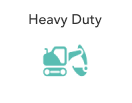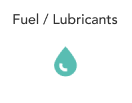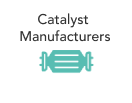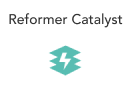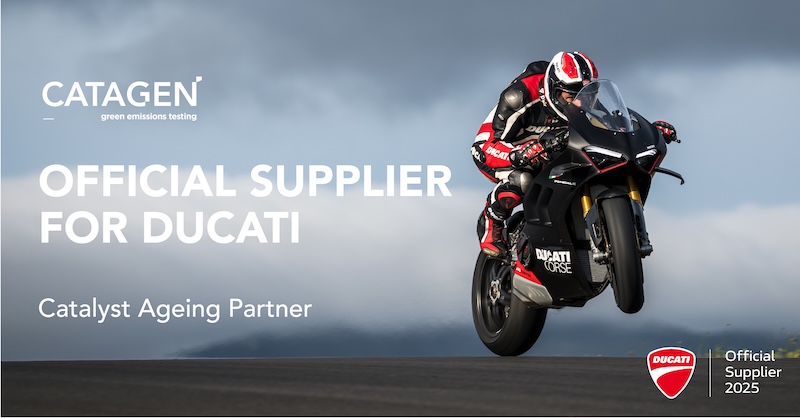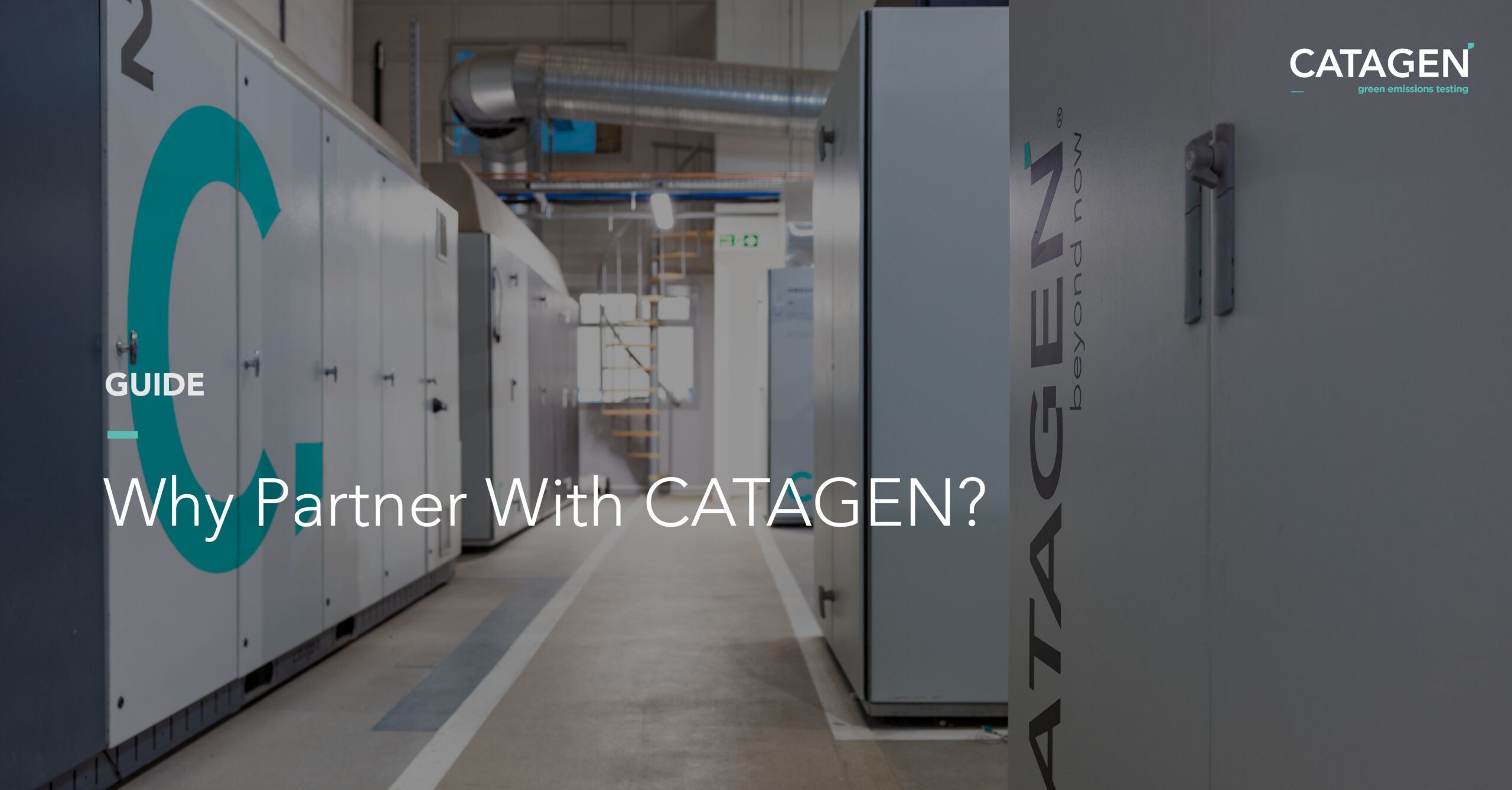By Dr. Andrew Pedlow, Principal Engineer, CATAGEN
At CATAGEN, we believe that it is critical for the Heavy-Duty industry to have representatively aged aftertreatment systems. Representatively aged aftertreatment systems reduce the risk of failing in-field emissions tests and offer valuable insight into the performance against the latest euro VI, or upcoming euro 7 emissions legislation. Furthermore, the upcoming euro 7 legislation proposes to further increase the distance considered for full useful life (FUL). This places further demand on engine dyno time, with additional associated cost and the accompanying risk of engine misfires damaging the catalyst system.
Consequently, the generation of representative, rapidly aged systems is a key area for development for heavy duty vehicles. Current rapid ageing techniques include oven ageing and hydrothermal ageing, which can rapidly age aftertreatment systems. However, correlation between these ageing techniques and field aged parts often is difficult if not impossible, due to the chemical poisoning of the heavy-duty aftertreatment systems. Due to the extensive lifetime of HDVs (up to 1.2M km) and lower combustion temperatures, there is a significant chemical ageing impact from fuel pollutants, such as sulphur and from engine oil. The chemical ageing from these foul the active sites on the catalyst, blocking them, and reducing the ability of the aftertreatment system to convert the harmful emissions. Due to the temperatures of the exhaust system these chemical poisoning effects are often permanent and can significantly impact the mass transfer throughout the catalysts.
Further complexity is added as while in the light-duty and motorcycle industries the R-factor representing catalyst thermal reactivity are well defined for use in calculating the equivalency of accelerated thermal ageing, there is no such defined factor for use in the HDV industry. Consequently, work is needed to investigate both the thermal and chemical equivalencies for accelerated ageing.
Representative accelerated ageing would provide a critical cost and time saving for the Heavy-Duty industry, eliminating the challenges of engine misfire, time and fuel costs for on-road ageing and the risk of in-field failures. To establish a representative accelerated ageing technique, it is clear that effort is required to establish both a thermal deterioration factor and a chemical deterioration factor.
At CATAGEN we offer a bespoke package to match the thermal and chemical deterioration factors, providing a representative ageing experience for aftertreatment experience. We analyse engine data to create a representative cycle that emulates the thermal experience of the lifetime of the catalyst system using dynamic ageing cycles. In my upcoming blog we’ll examine a case study of how this process works and the dynamic cycle that is produced. Furthermore, we analysis fuel consumption and engine oil consumption to equate the chemical poisoning experience of the aftertreatment system over its lifetime, working with our partners to create repeatable and accurate bespoke cycles.
Accelerated ageing for the heavy-duty industry is a critical component in the future of HDV aftertreatment industry, particularly as alternative fuels and hydrogen systems are utilised to meet Euro 7 legislation. FUL distances, the availability of field-aged, or test cells and the risk of engine misfire, impacting the aftertreatment systems pose significant challenges, especially in light of the upcoming changes in legislation. Therefore, it is critical to quantify thermal and chemical ageing experiences for HDV aftertreatment systems.


